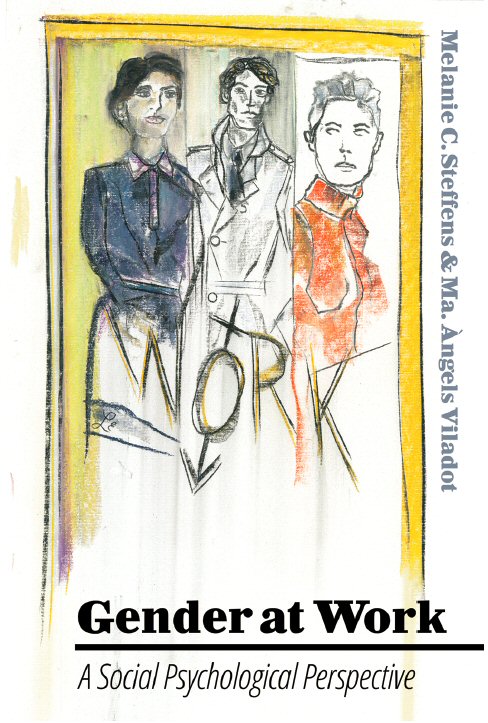Gender at work: A social psychological perspective
18.11.2015, by Kai Sassenberg in publication
by Melanie C. Steffens & Ma. Àngels Viladot

Have you also being annoyed about the lack of knowledge about (social psychological) research on gender among those who should know? For instance, human resource managers, gender equality commissioners, or journalists debating gender questions often appear to know nothing about the wealth of research that has answered many of the questions they speculate about. Simply ignoring all the knowledge that is out there, people often seem to simply rely on their common sense when discussing, for example, why women and men often have different career paths.
We have been annoyed, and we have decided to do something about it. We have drawn together much of the available evidence and written it down in a way that we hope to be accessible to a general (academic) audience, in addition to researchers in psychology for whom it might also be a valuable review resource.
“It is the authors’ hope, and my hope as well, that this book will be widely read and taken to head and heart. For those readers who are in a position to enact change in organizations, the information and insights that this book provides can help to increase the opportunities available to all workers and to more rapidly progress toward a truly equitable work setting.”
From the preface, by Kay Deaux, New York
From the back cover:
While many women receive equal education, such equality is nowhere in sight when it comes to women's and men's career success: men still earn significantly more than women and are more likely to be promoted.
In this book, the authors offer a state of the art review of applied social-psychological research on gender at work, shedding light on all the different ways that work-related perceptions, attributions, outcomes, and the like differ for women and men. Focusing on domains (e.g., engineering) and positions (e.g., leadership) that are marked by women's underrepresentation, the first part of the book looks at gender at work in terms of stereotypes, attitudes, and social roles, including parenthood, while the second part takes a social identity and communication perspective, exploring the situations in which men and women interact at work. Many chapters focus on applied questions, such as career choice, effects of role models, and sexual harassment at work. Theories and findings are applied to these topics, with conclusions and recommendations drawn throughout the book.
Table of Contents:
Gender Stereotypes – Implicit Cognition – Effects of Stereotypes on Judging Others – Effects of Stereotypes on One’s Own Behavior – Gender Attitudes – Gender Differences – Social Role Theory – Maintaining Social Hierarchies – Career Choice – The Role of Organizational Cultures – Role Models – Parenthood and Work-related Impressions – Social Identity Perspective – Identity Management Strategies – Discrimination and Self-discrimination of Women at Work – Conservatives Versus Liberals – Interactions Between Gender and Power: Sexual Harassment – Communication Accommodation Theory and Intergender Boundaries – Intergroup Contact, Gender, and Leadership – Leadership and Gender Identity in Organizations.
Steffens, M. C., & Viladot, M. A. (2015). Gender at work: A social psychological perspective. New York: Peter Lang.
(Language as social action, Vol. 18, ed. by Howard Giles.)